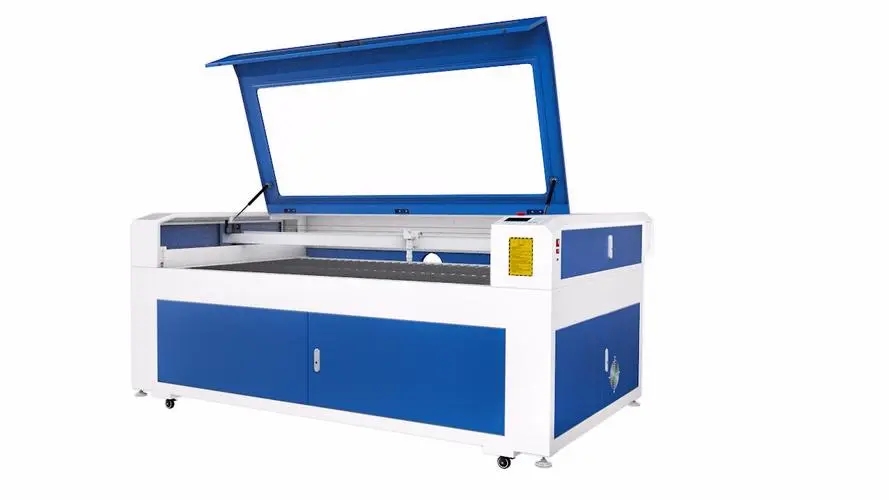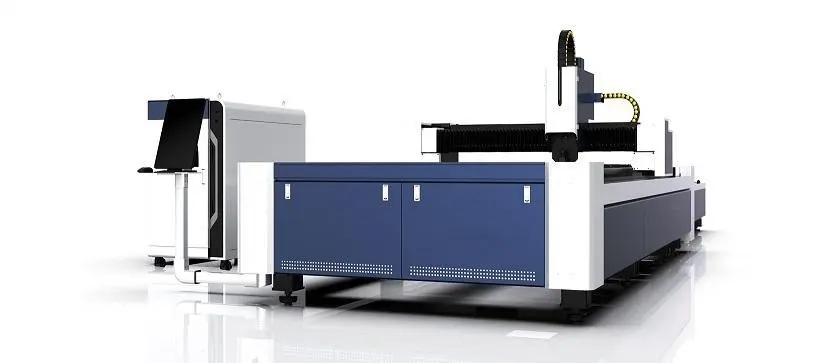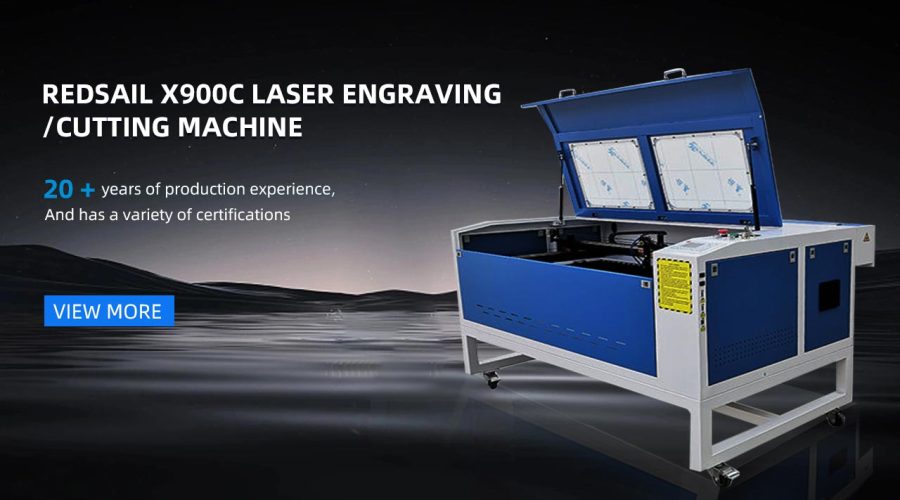What Makes the Best Laser Cutter Controller: A Comprehensive Guide
A laser cutter controller is a crucial component in any laser cutting system. It determines the efficiency, accuracy, and overall performance of the laser cutter. With so many options available in the market, it can be challenging to choose the best laser cutter controller for your needs. In this comprehensive guide, we will discuss the key factors that make the best laser cutter controller, helping you make an informed decision.
The Importance of a High-Quality Laser Cutter Controller
A top-notch laser cutter controller is essential for several reasons:
- Precision and Accuracy: The controller ensures precise movements of the laser head, resulting in accurate cuts and engravings.
- Speed and Efficiency: A high-quality controller optimizes the laser cutter’s performance, allowing for faster cutting speeds and increased productivity.
- User-Friendly Interface: An intuitive and user-friendly interface makes it easier for operators to control the laser cutter, reducing the learning curve and improving productivity.
- Compatibility and Integration: The laser cutter controller needs to be compatible with various software and systems, ensuring seamless integration and flexibility.
- Reliability: A reliable controller reduces downtime and breakdowns, ensuring uninterrupted operation and minimizing maintenance costs.
Key Features to Look for in a Laser Cutter Controller
When choosing the best laser cutter controller, consider the following key features:
- High-Speed Processing: Look for a controller that supports high-speed data processing, enabling quick and efficient control of the laser cutter’s movements.
- Smooth Motion Control: A controller with smooth motion control capabilities ensures precise and fluid movements of the laser head, resulting in clean cuts and smooth engravings.
- Advanced Software Compatibility: Check for compatibility with popular software programs like CorelDraw, AutoCAD, or Adobe Illustrator. This ensures easy file transfer and seamless integration with your existing workflows.
- Support for Various File Formats: The controller should be able to process different file formats, such as DXF, AI, BMP, or JPG, allowing you to work with a wide range of design files.
- Intuitive User Interface: Look for a controller with a user-friendly interface that offers a clear and organized layout, making it easier to navigate and control the laser cutter.
- Emergency Stop Features: Safety should never be overlooked. Ensure that the laser cutter controller has emergency stop features for immediate cessation of operations in case of any unexpected situations.
Choosing Between Standalone and PC-Based Controllers
There are two main types of laser cutter controllers: standalone controllers and PC-based controllers.
Standalone controllers are integrated into the laser cutter itself and require minimal setup. They are suitable for basic cutting tasks and are relatively simple to operate. However, they may lack advanced features and flexibility compared to PC-based controllers.
PC-based controllers, on the other hand, offer more advanced functionalities and are recommended for those who require precision, flexibility, and compatibility with diverse software. These controllers rely on a computer to control the laser cutter and require installation and setup. While they offer more options, they might require a steeper learning curve.
Ultimately, the choice between standalone and PC-based controllers depends on your specific needs, budget, and desired level of complexity.
Frequently Asked Questions (FAQs)
1. Can I upgrade my laser cutter controller?
Upgrading your laser cutter controller is possible in some cases. However, it depends on the specific model and compatibility with the laser cutter. Consult the manufacturer or an expert to determine if an upgrade is feasible.
2. Are laser cutter controllers interchangeable between different brands?
No, laser cutter controllers are generally brand-specific and not interchangeable between different brands. Each brand has its own controller system, software, and compatibility requirements. It is important to choose a controller that is compatible with your specific laser cutter model.
3. Can I control my laser cutter remotely?
Yes, some laser cutter controllers offer remote control capabilities. These controllers allow you to monitor and control the laser cutter’s operation from a distance, offering flexibility and convenience.
4. What is the average lifespan of a laser cutter controller?
The lifespan of a laser cutter controller depends on its quality, usage, and maintenance. A well-maintained controller can last for several years. Regular maintenance, cleaning, and following the manufacturer’s guidelines can extend the lifespan of your controller.
Choosing the best laser cutter controller is vital for achieving precise, efficient, and high-quality results. Consider the features, compatibility, and type of controller that best suits your cutting needs. With the right controller, you can unlock the full potential of your laser cutting system and enhance your productivity and creativity.





